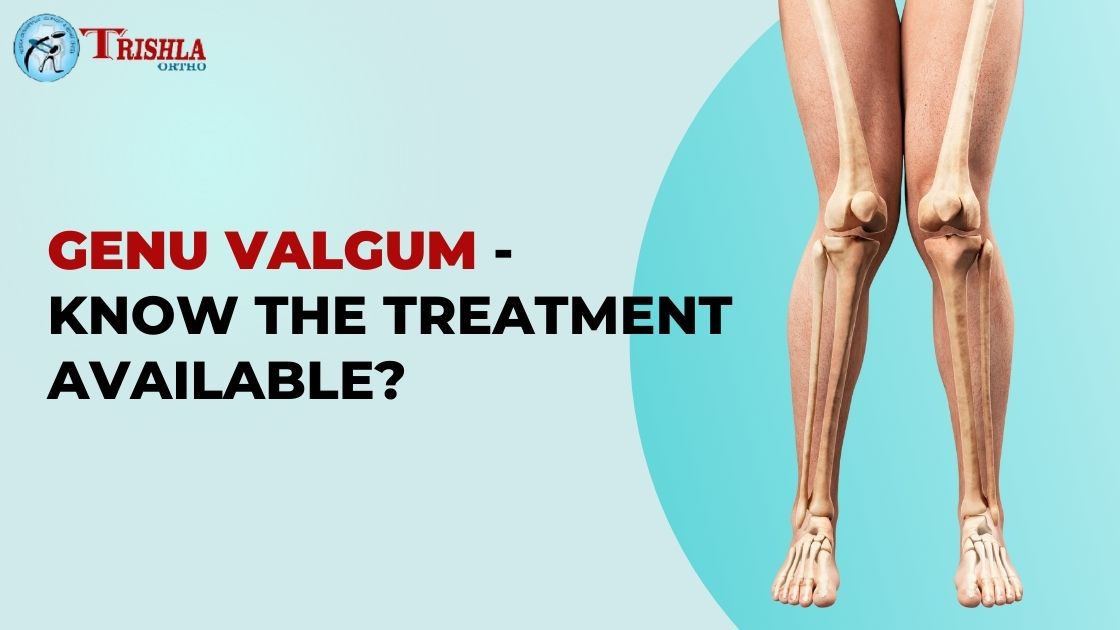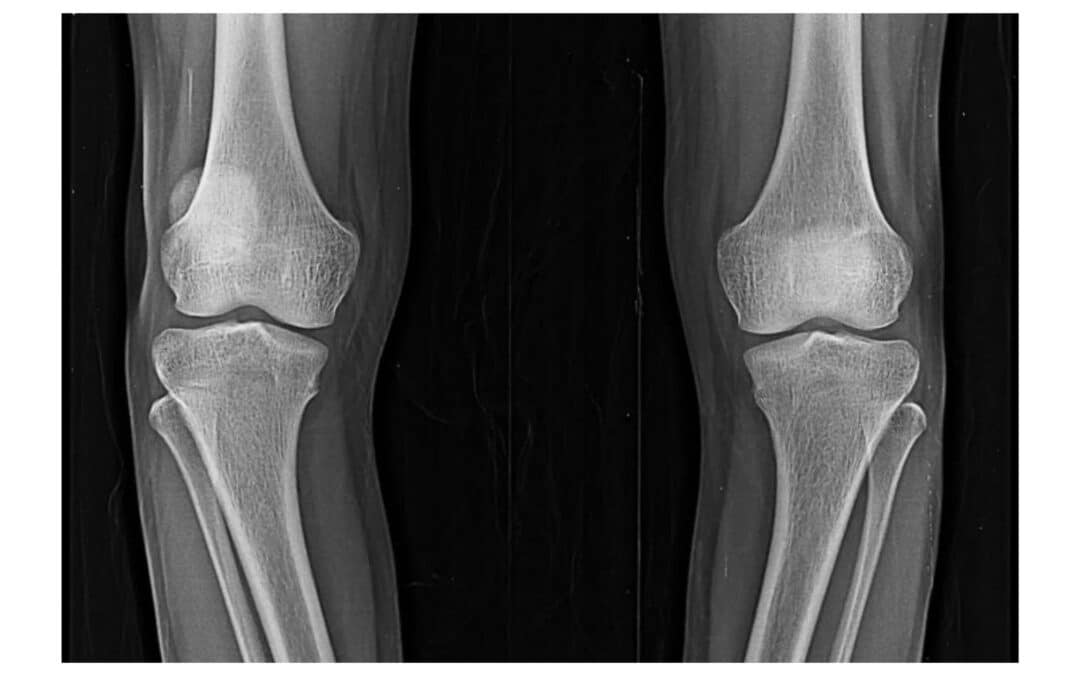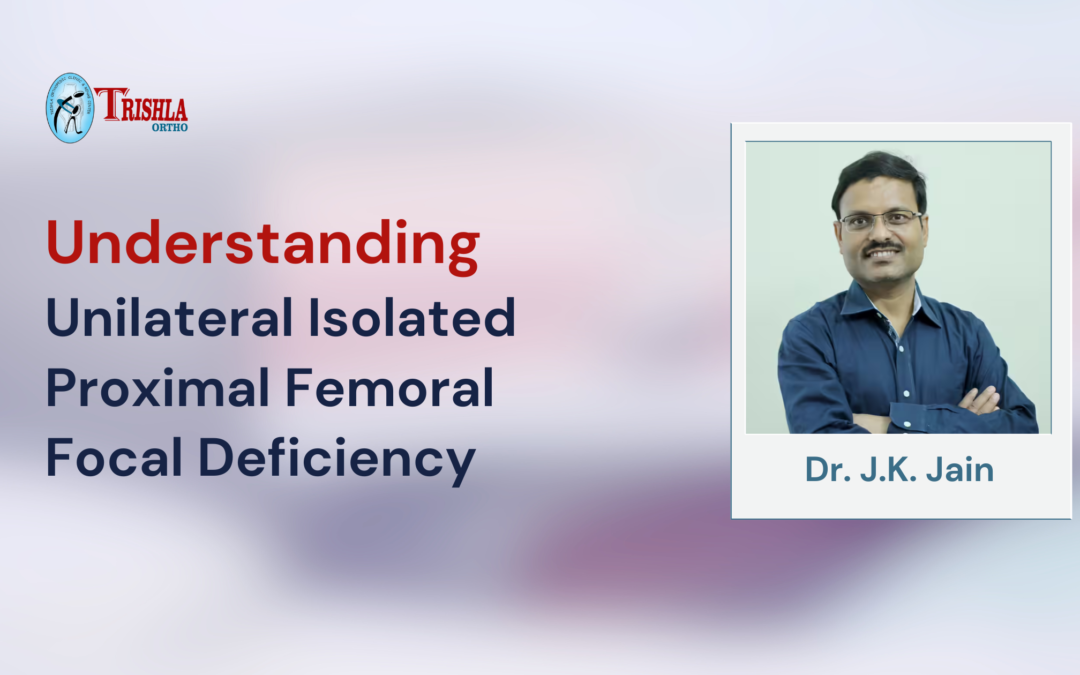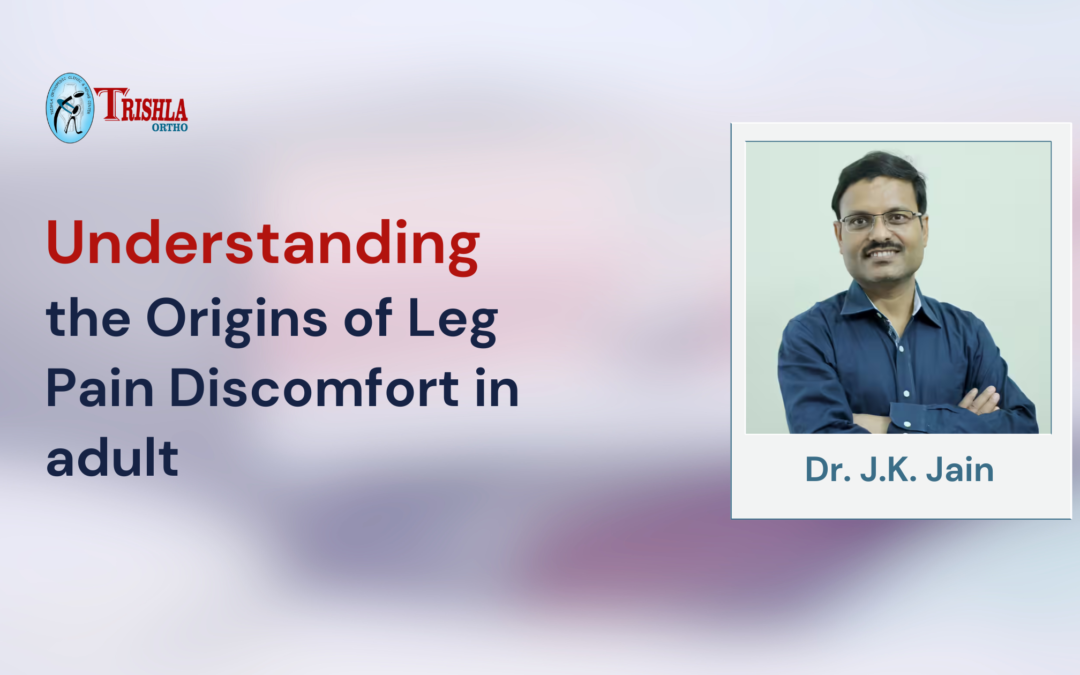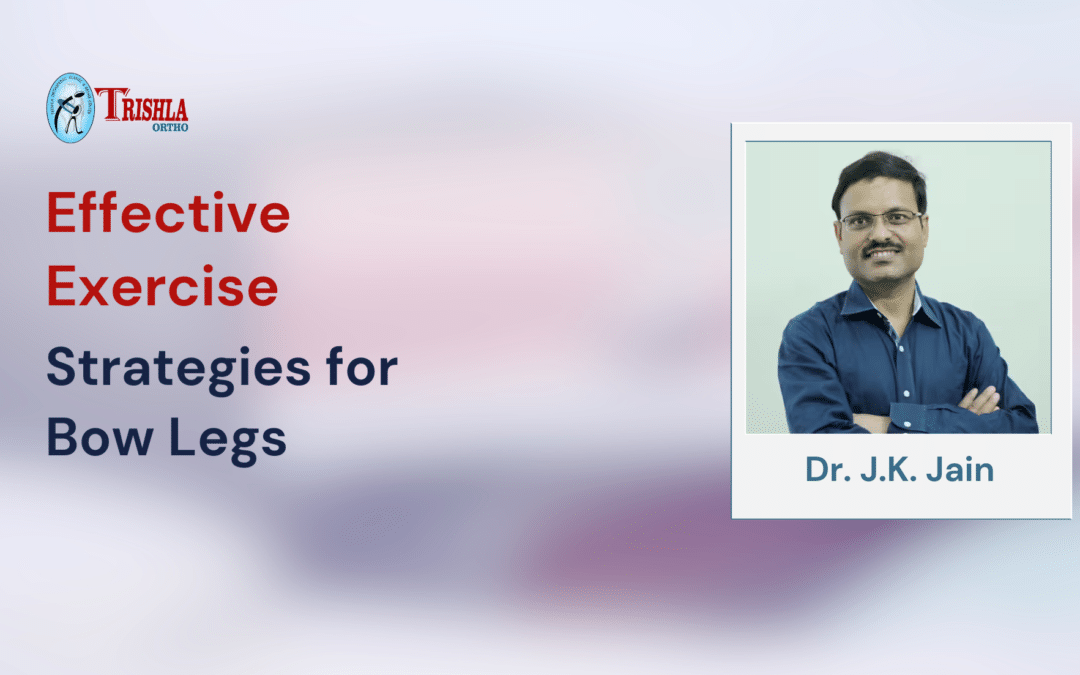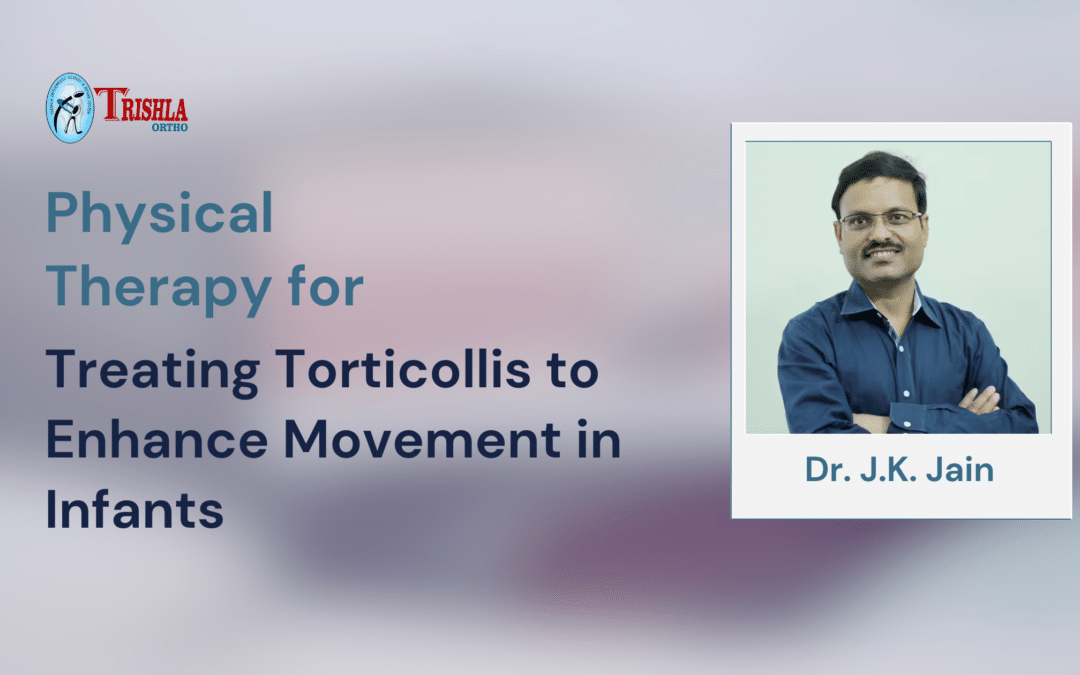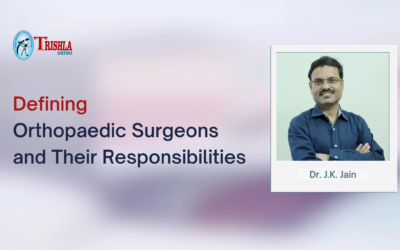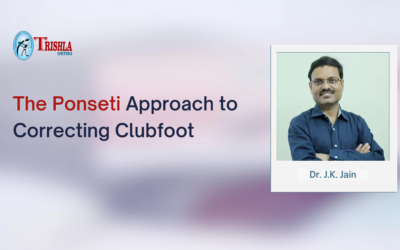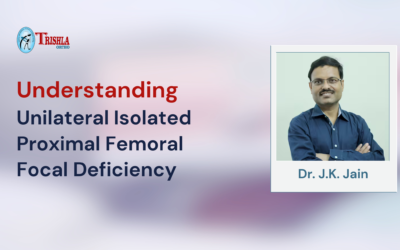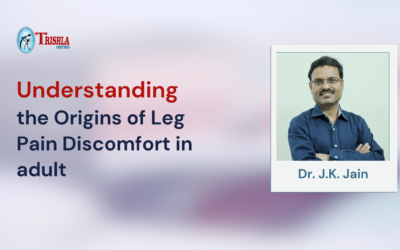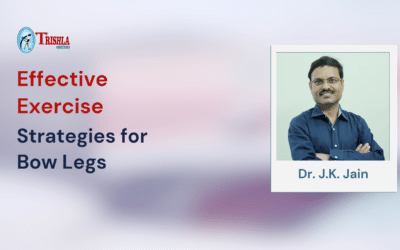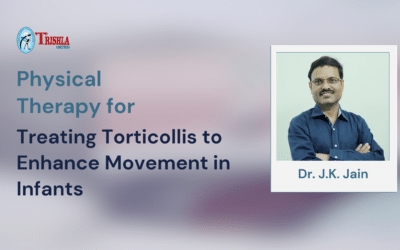The knock knees issue is nothing serious, as all kids suffer from it during the early ages of their lives. Therefore, the problem should be resolved by the time the kids are seven years old, it happens its be a regular part of the growth is the kid. However, the issue can arise later in childhood or adulthood. Remember, as can develop the problem of knee pain due to nurkku. They may develop osteoarthritis. But luckily, some treatments will be helpful to recover from the situation and move on with regular life
Identifying the Knock Knees Issue
You must have noticed people with deformities; cannot touch their feet together. It is a knock knee deformity known as Genu Vagum. There will be an increase in distance between both feet when a person standing straight.
Just by examining the child in standing or in lying down position, we can identify the knock kree by measuring the distance between both ankle joints on the medial aspect Confirmation of knock knew by measuring the tibiofemoral angle X-rays or CT scans can highlight the deformity, might already have the bowleg issue when the child is born. The condition during which that child might stand with his feet together, but the knees won’t touch each other. It is pretty standard for the growth cycle of the kid, which usually stays during the development phase until the kid reaches two years of age, but he can suffer from Knock knee by the time he is four. The condition is a lot different from bow legs. In most cases, the issue will be resolved by 7 to 8 years of age.
But when this does not happen, the treatment options can be considered to provide the kid with proper assistance for getting rid of the concern and leading a regular life.
Treatment for Knock Knees
In most cases, there is no need to treat Genu Valgam concern as it goes away on its own, However, when the patient is beyond 7 years of age or has severe deformity, the doctor will identify the root cause of the problem, which can be rickets, trauma or any other bone issue. Then, based on the situation, the doctor will curate the treatment plan, allowing the patient to recover faster. If it is before seven years of age and not too much sover then it might be resolved without any interventions Rule of bracing & exercise has not been confirmed till now. But besides this, the doctor might also advise specific other treatments that will improve the root cause of the concern. For instance, in the case of rickets, a doctor will recommend consuming vitamin 13 and calcium supplements for better results,
Still, for the severe one, the doctor will recommend surgery where the growth of the healthy part is temporarily slowed down by the application of a tiny titanium plate or screw so that the unhealthy part can cope with it. In a few months of plate or screw application, the other side will grow and the deformity will correct the plate should be removed.
In most cases, it is a surgical option that helps get relief from the concern. However, it is recommended only in severe cases. Identifying the problem as soon as possible is the key to visiting the doctor and knowing the Knock Knee treatment will work well for your kid. When you have identified the concern as minor, using the braces or by natural course will help reposition the bones. Finally, there can be a requirement for osteotomy, when a child is near maturity and no growth remains at the growth plate or an adult. In adults, it is done to prevent the need for knee replacement.
Where the knock knee results from any internal disease, the doctor will first work on the condition to eradicate it and perform the surgery to treat the knock knee issue. Generally, guided growth is a minimally invasive surgery to encourage the leg to return to the expected growth position. Osteotomy is recommended, but the surgery will depend entirely on the person’s specific case. There have been certain cases where there was a need for both tibial and femoral osteotomy. Ultimately, it will depend entirely on the severity and how the patient will react to the treatment.
Conclusion
The knock knee concern, when left untreated, can become a significant issue for the patient, which will restrict his movement and lead to other complications. It would be better if you consider scheduling an appointment with Trishla Ortho. They have got certified professionals to help. They will ensure that the patient can receive a customized statement which will allow him to recover better and faster. They aim to provide treatment in a comfortable environment Under the expert professional the patient will get all the medical support he needs to see a positive change in his life and move on regularly.
Reference link –
https://medlineplus.gov/ency/article/001263.htm
